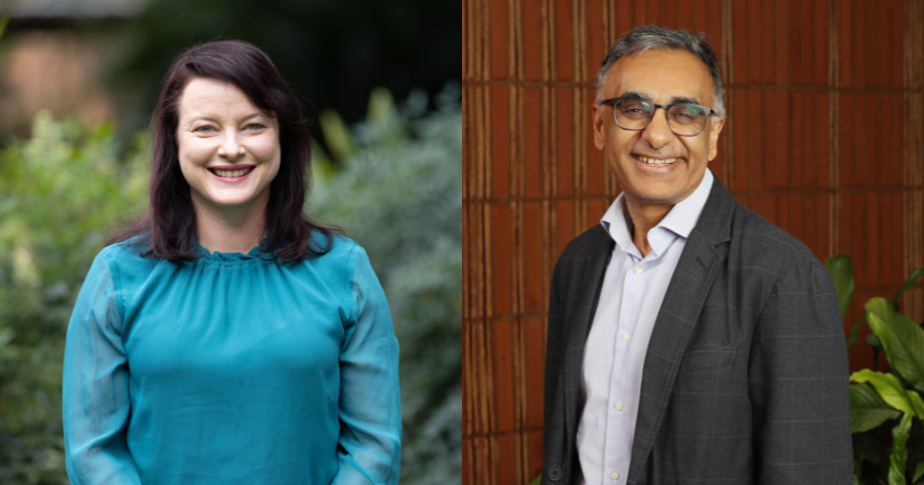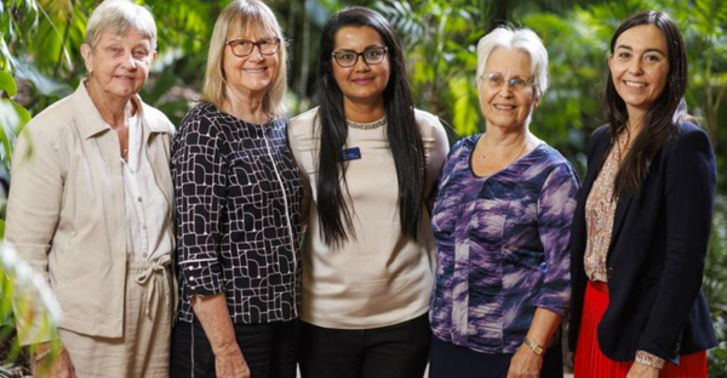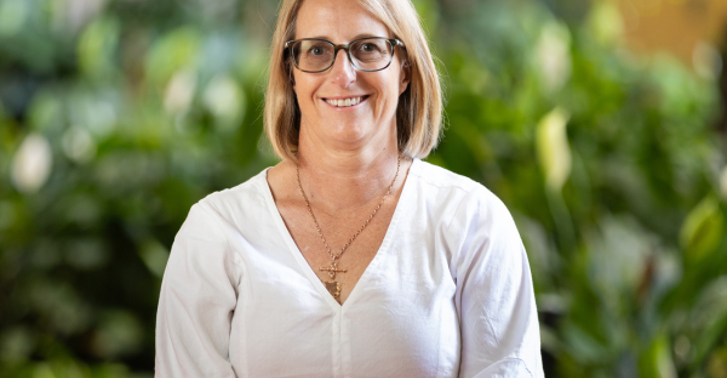
Science and service intersect in healthcare through clinician researchers—people who are both health practitioners and researchers—bringing a researcher’s perspective to the delivery of healthcare, while also tailoring biomedical research based on the needs of patients. A new report by Research Australia has highlighted the challenges that clinician researchers face and has recommended changes to attract more clinicians to this valuable role.
Two Mater Researchers were profiled in the report, Executive Director Professor Maher Gandhi and Dr Cathy Franklin, giving their own unique insights on how the industry can be reformed to encourage more clinicians to pursue research.
Prof Gandhi is a clinician researcher who not only leads Mater Research’s Blood Cancer Research Group but is also a senior haematologist at Princess Alexandra Hospital. He sees both of his roles as “synergistic”.
“My clinical practice has shed light on the limitations of current therapies and led me to help develop and test new targeted immunotherapies,” Prof Gandhi said.
“My clinical work informs the research question and provides access to clinical samples. It also informs the design of early phase clinical trials for new treatments arising from the research. My research enables me to critically evaluate new clinical methods and provides patients with access to novel clinical approaches.”
Dr Franklin is co-leader of the Neuroscience Program and Senior Research Fellow at Mater Research and The University of Queensland, a senior psychiatrist at Mater Hospital Brisbane and is currently undertaking her PhD.
Dr Franklin also leads the Mater Intellectual Disability and Autism Service (MIDAS), with a clinical team and research centre.
Dr Franklin said she joined the research team to achieve greater change for the patient population she serves, however despite being awarded over $4 million in grants over the past five years, is only employed as a researcher for one day a week.
“The biggest barrier to the clinician researcher is financial. There is plenty of scope, but no positions or funding.”
“I think the healthcare system does not recognise the importance or the value of research, and there are no substantial mechanisms to encourage clinician researchers.”
“I have much greater success attracting clinicians to work in my specialty area than I do clinician researchers. There just aren’t the positions or opportunities,” Dr Franklin said.
Prof Gandhi highlights that the clinical community needs to value clinician researchers for their contributions.
“To better support the dual role, clinical positions should include dedicated time for research.”
Prof Gandhi would like to see pathways designed for advanced trainees to train as clinician scientists if they wish.
“Australia needs to develop a model akin to the United Kingdom, which has an integrated academic training scheme for clinician researchers during which advanced medical training and research training are undertaken simultaneously,” Prof Gandhi said.
“By creating training pathways for new clinicians, we could attract more clinician researchers who are dual trained in their clinical specialty and in applied research. Some states, such as Western Australian and Victoria, have programs, but currently Queensland lags behind, although the Queensland Training for Research Active Clinicians (QTRAC) scheme is in development.”
The full report, titled Clinician Researchers: Research Activating the Health System was published by Research Australia in May 2024. Read the report in full.
Learn more about Prof Gandhi’s life as a clinician-scientist.



